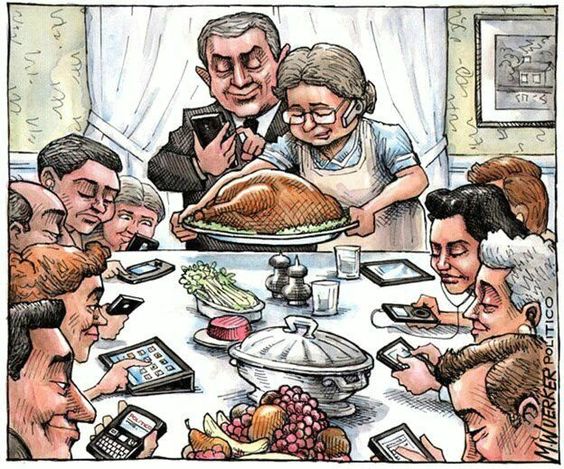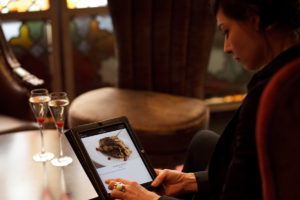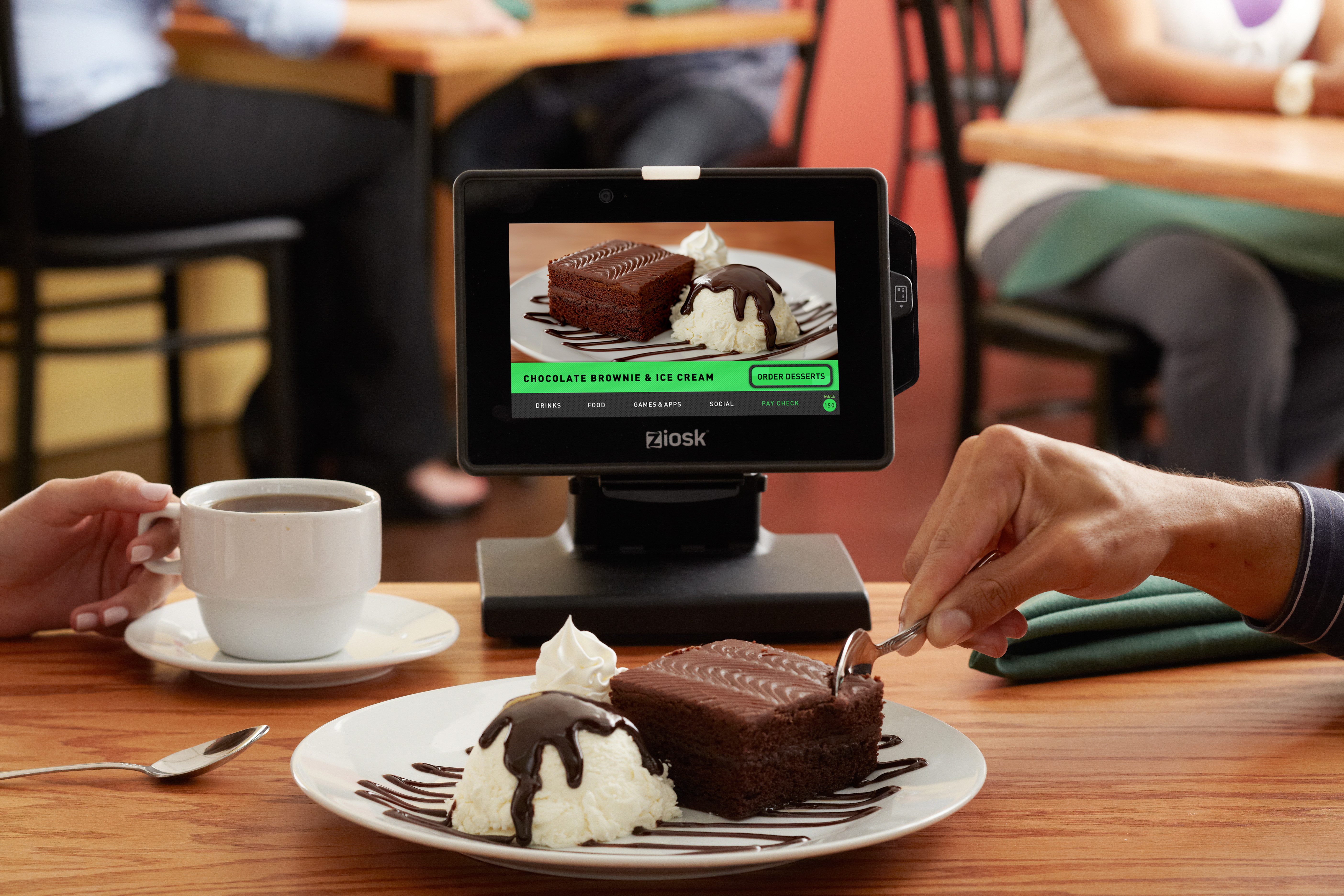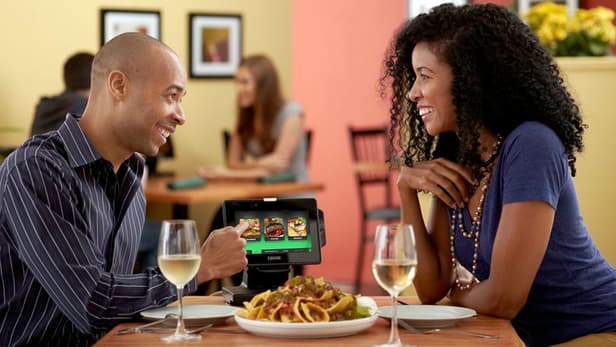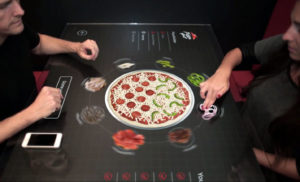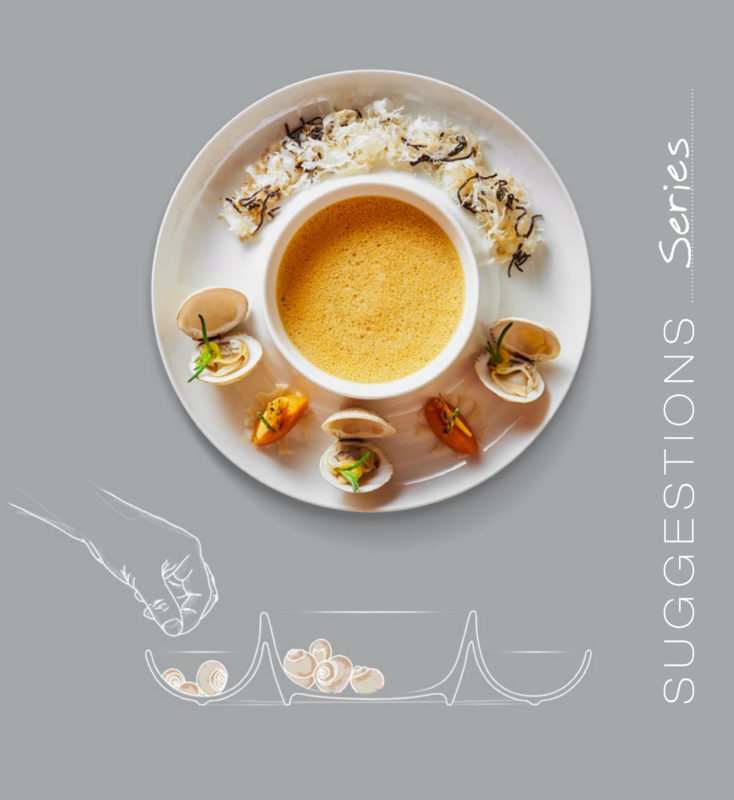There was a time when dinner didn’t quite feel like cliché content for social media. Millions of meals served and reviewed on Yelp, photographed and sent through an image processor, and posted to every Facebook, Twitter, and Instagram account possible, with hastags like: #FoodPorn and #Foodie tagged on to ensure maximum exposure.
When we are being honest, it’s a little embarrassing. To be so engulfed in technology that even in moments that are supposed to be communal and social, we’re on our phones.
But when we speak about technology in the Food Service and Hospitality Tabletop Industry, we’re generally talking about how tabletop products are being made. The processes behind producing modern bone china with companies that use zero animal ash or glassware companies creating the most brilliant and durable glass on the market. It would appear, at least on a preliminary level, there isn’t much digital tech out there to supplement the actual guest dining experience.
However if we take a look at the advancements of point of sale systems, something interesting is happening. Companies like Samsung are developing interesting ways to pay in restaurants using mobile tech and tablets. Android Pay and Apple pay are popular examples you can see being implemented in fast casual locations that cater to a younger millennial crowd. Yet that’s still a step away from the actual dining experience.
Its companies developing tabletop tablets that are pining for tabletop love.
One of the most notable tabletop tablet on the market Ziosk runs off the notion that we spend just as much time waiting for staff as we do eating and being immersed in the dining experience. And while the Dallas Company is far from new, they are making new strides.For those unaware, Ziosk is a multifunctional tablet available at your table as you dine. Initially, you could order appetizers and desserts, as well as play games and read the news. As the technology improved, you could also take group selfies and post them to various social media outlets, as well as make payments and print receipts. This year Ziosk will begin incorporating mobile paying platforms such as Android Pay to their tablets in chain restaurants like Chili’s. But the Dallas based company is not alone, with companies like Buzztime and Presto coming on to the scene as well.
The convenience of a tabletop tablet is undeniable. When guests are ready to leave, they can make their payments and go. Children can play games on the tablet and keep them distracted while they wait for food. Guests can search through appetizer, drink, and dessert menus at their leisure and put in orders on their own. All these things free up staff hands to take care of other tasks. Tablets like Ziosk also boasts an “infinite” ROI by implementing a 2 dollar fee to guests for using their services. A fee, their research suggests, that does not deter guests from using the tablet. Ziosk also claims to increase customer surveys drastically without having to offer incentives, as well as an increase in membership of restaurant e-clubs.
What at first felt like a gimmick, now actually seems like a sensible approach to the future of tabletop. But make no mistake, tabletop tablets are polarizing. There are obvious drawbacks for people, particularly staff, whose importance in the front of the house may seem to be waning as guests turn to the tablets to cover their dining needs. Some guests also have mixed feelings about the tech. There are philosophical questions both personally and industry wide about just how far should we be incorporating digital technology into the dining experience.
On a smaller scale restaurants like Pizza Hut are testing out turning tables into completely interactive surfaces, another innovation slowly making its way into the industry. And while tabletop tablets are growing in popularity every day, there still isn’t quite a ground swell in demand. However, there’s something exciting about the technology and I don’t think anyone would complain about getting the check a little bit faster.At TabletopJournal we’re always excited to see how companies innovate the guest dining experience and implement technology into it. And perhaps there is no “right” or philosophically sound way for technology to approach tabletop just yet, regardless… we’ll be interested to see what direction tabletop tablets move towards next!
-H.A.

